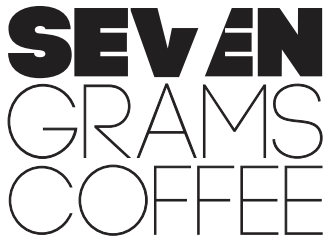The Espresso Factor
The term “expresso” is often used incorrectly to refer to a type of coffee known as an espresso. A true espresso is a small, concentrated coffee beverage made using a specialized coffee machine that forces hot water through finely ground coffee beans that have been tightly compacted. The result is a combination of liquid and foam, known as crema, which gives the espresso its attractive appearance and unique taste. A good espresso should be consumed immediately and is traditionally prepared by a skilled barista who is concerned with factors such as the quality of the coffee machine, the water pressure, and the blend of coffee beans used.
19 January 2023
